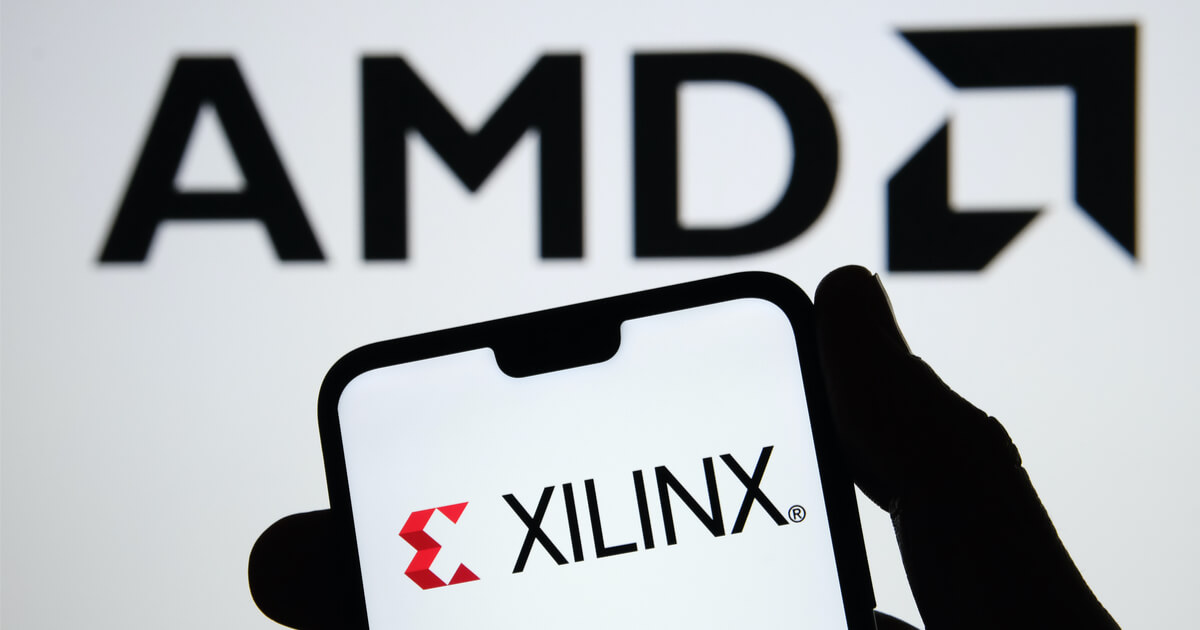
Analysts forecast a market size of $81.5 billion for Web3 by 2030, but the growth comes with obstacles along the way.
By 2030, Web3 is expected to reach a market size of $81.5 billion, according to Emergen Research, but the industry still has challenges to overcome, including security and interoperability, said players interviewed by Cointelegraph.
Interoperability, in short, provides communication between blockchains, aiming to offer a similar experience to users as Web2, hiding infrastructure complexity away and ensuring they don't have to know what solution is powering the mobile app they use, explained Derek Yoo, CEO of PureStake, a development team for the layer-1 blockchain Moonbeam.
However, interoperability also brings more moving parts to any system, and security is one of the greatest challenges. Justin Hulog, chief studio officer at Immutable, explained:
"Basically, the more links there are in a chain, the higher chances are that one of them will break. One of such links when it comes to interoperability is the need for “bridges” that facilitate transfers of assets between blockchains — and often get attacked by hackers."
In fact, across 13 cross-chain bridge hacks, Chainalysis estimated that $2 billion in cryptocurrency has been stolen until August 2022. Bridge attacks account for 69% of total funds stolen this year. In one of the biggest recent cases, hackers drained $612 million from the Ronin bridge and Katana Dex by faking private keys to forge withdrawals.
Major steps have been taken to bring interoperability and security solutions to the crypto space this year, specifically with cross-chain general message passing systems, including the ones introduced by Cosmos IBC, Polkadot XCM, Axelar, LayerZero and Wormhole, noted Yoo.
The functionality addresses common problems in the crypto space and, thus, would unlock broader adoption. In the case of nonfungible tokens (NFTs), for instance, platforms hosting assets from multiple chains could allow users to buy NFTs minted on another chain without moving anything.
In the case of DeFi, users would be able to pool liquidity in multiple assets or chains on a single chain, enabling unified liquidity, explained Sergey Gorbunov, Axelar co-founder and CEO in an interview with Cointelegraph at Converge22. Axelar is a proof-of-stake (PoS) blockchain founded in 2020 that achieved unicorn status this year. In September, the company partnered with Sui blockchain to deliver cross-chain communication through general message passing, enabling developers to build on one chain and call any function on another.
In the gaming sector, interoperability could also increase the value of in-game assets, such as NFTs. At Immutable, Hulog oversees a partnership between The Sandbox and the game Guild of Guardians that allows users to play some characters across both universes. By focusing on players’ experience and engagement, the partnership achieves cross-game interoperability that many projects are working to achieve as the industry unfolds.
Security concerns still remain in the short term, but in the long run, interoperability would lead to "more specialized chains that try to do less, are simpler, and should result in more secure environments," stated Yoo.

You can get bonuses upto $100 FREE BONUS when you:
💰 Install these recommended apps:
💲 SocialGood - 100% Crypto Back on Everyday Shopping
💲 xPortal - The DeFi For The Next Billion
💲 CryptoTab Browser - Lightweight, fast, and ready to mine!
💰 Register on these recommended exchanges:
🟡 Binance🟡 Bitfinex🟡 Bitmart🟡 Bittrex🟡 Bitget
🟡 CoinEx🟡 Crypto.com🟡 Gate.io🟡 Huobi🟡 Kucoin.




















Comments